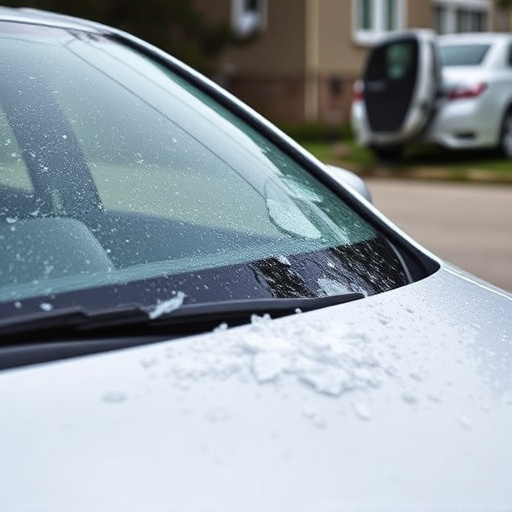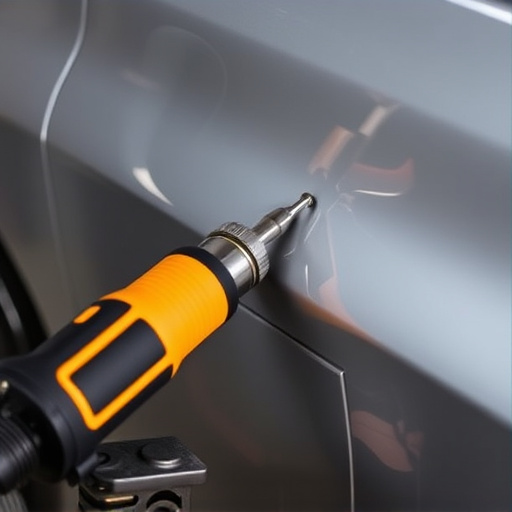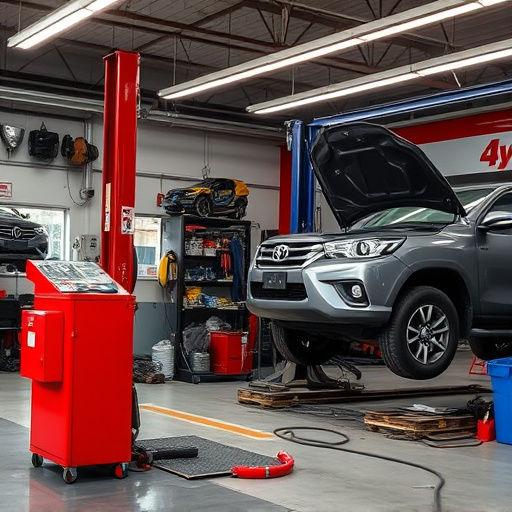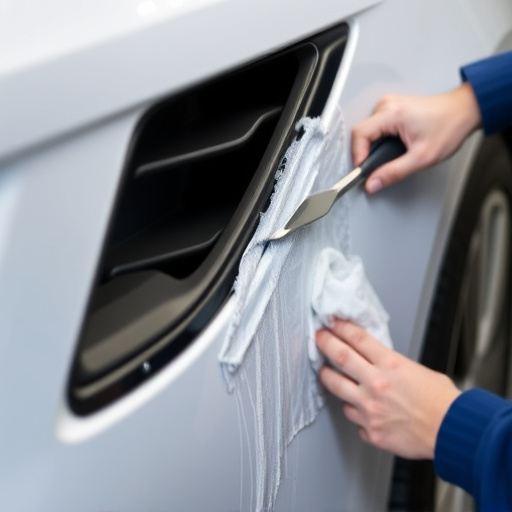The claim approval timeline is a critical process in insurance, ensuring fairness and efficiency for vehicle damage claims, including repairs like car paint and collision center treatments. Delays can lead to increased financial costs, customer dissatisfaction, operational inefficiencies, and loss of trust in insurance companies and repair shops. To optimize the timeline, insurance providers should adopt digital transformation strategies, such as implementing a digital claims system with advanced image recognition, improving communication through status updates and accessible support, and standardizing documentation procedures for consistent handling of claims.
In today’s fast-paced business landscape, efficient claim approval timelines are paramount. Understanding the intricacies of this process is crucial for managing cash flow and mitigating risks. Delayed claims can have significant impacts, including financial losses, operational disruptions, and customer dissatisfaction. This article delves into the basics of claim approval timelines, explores the consequences of delays, and provides best practices to streamline the process, ensuring timely approvals and reduced costs.
- Understanding Claim Approval Timelines: The Basics
- Impact of Delayed Claims: Consequences and Costs
- Best Practices for Streamlining the Claim Approval Process
Understanding Claim Approval Timelines: The Basics

Understanding Claim Approval Timelines: The Basics
A claim approval timeline is a crucial process in the insurance sector, particularly when it comes to handling vehicle damage claims, often involving collision centers and auto repair services. It refers to the sequence of events and the set timeframes within which an insurance company reviews, assesses, and approves or denies a claimant’s request for compensation after an incident, such as an accident or damage from a natural disaster. This timeline is designed to ensure fairness, transparency, and efficiency in the claims settlement process.
The basic components include initial claim submission, verification of details, appraisal of damages, and decision-making. For instance, when a policyholder seeks car paint services or collision center repairs due to an accident, they initiate the process by filing a claim. The insurance company then verifies the claim’s authenticity and the extent of the damage through assessments conducted either internally or by external experts. Once all necessary information is gathered, the insurer makes a decision, either approving or rejecting the claim. Timely approval is essential for policyholders to begin repairs at their preferred auto collision center promptly, ensuring minimal disruption to their daily lives.
Impact of Delayed Claims: Consequences and Costs

Delayed claim approvals can significantly impact businesses and individuals dealing with auto repairs, including tasks like auto painting and frame straightening. The consequences are far-reaching, affecting not just financial health but also customer satisfaction and operational efficiency. Every day a claim is left pending, the cost accumulates, often resulting in substantial expenses that were avoidable. This delays the process of car bodywork repair, leading to extended downtime for vehicles and increased stress on both repair facilities and customers.
Moreover, delayed claims can foster negative perceptions about the insurance company or repair shop, eroding trust and potentially driving customers away. It disrupts the flow of work, causing resources to be tied up in administrative tasks rather than actual repairs. This not only hampers productivity but also undermines the overall quality of service, as staff may feel rushed or overwhelmed, impacting their ability to deliver meticulous car bodywork restoration and auto painting services.
Best Practices for Streamlining the Claim Approval Process

To streamline the claim approval process, insurance companies should focus on several key best practices that enhance efficiency and customer satisfaction. First, implementing a digital claims system can significantly reduce processing times. Digital platforms enable quick access to information, automated data entry, and real-time updates, eliminating manual errors and delays caused by paper-based processes. Additionally, integrating advanced image recognition technology for assessing damages, such as car scratch repair or dent removal, expedites the evaluation stage of the claim approval timeline.
Second, establishing clear communication channels is vital. Prompt notifications to policyholders about claim status updates, along with easily accessible customer support, foster transparency and build trust. Standardizing procedures for documentation and evidence submission ensures that all claims are handled consistently, reducing ambiguity. For instance, providing step-by-step guides on preparing car restoration documentation can streamline the process, ensuring all necessary details are submitted accurately from the outset, thereby expediting final approvals.
Timely claim approval timelines are essential for maintaining efficient operations and mitigating financial burdens. By understanding the impact of delayed claims and implementing best practices, organizations can streamline their processes, reduce costs, and ensure a smooth flow of funds to those who need it most. Optimizing these timelines is not just about adherence; it’s a strategic move towards fostering positive relationships with employees, contractors, and vendors alike.














